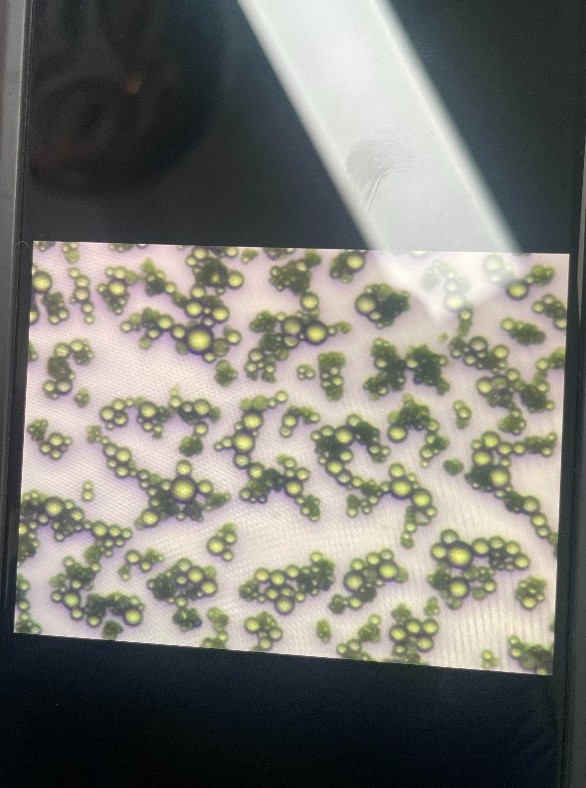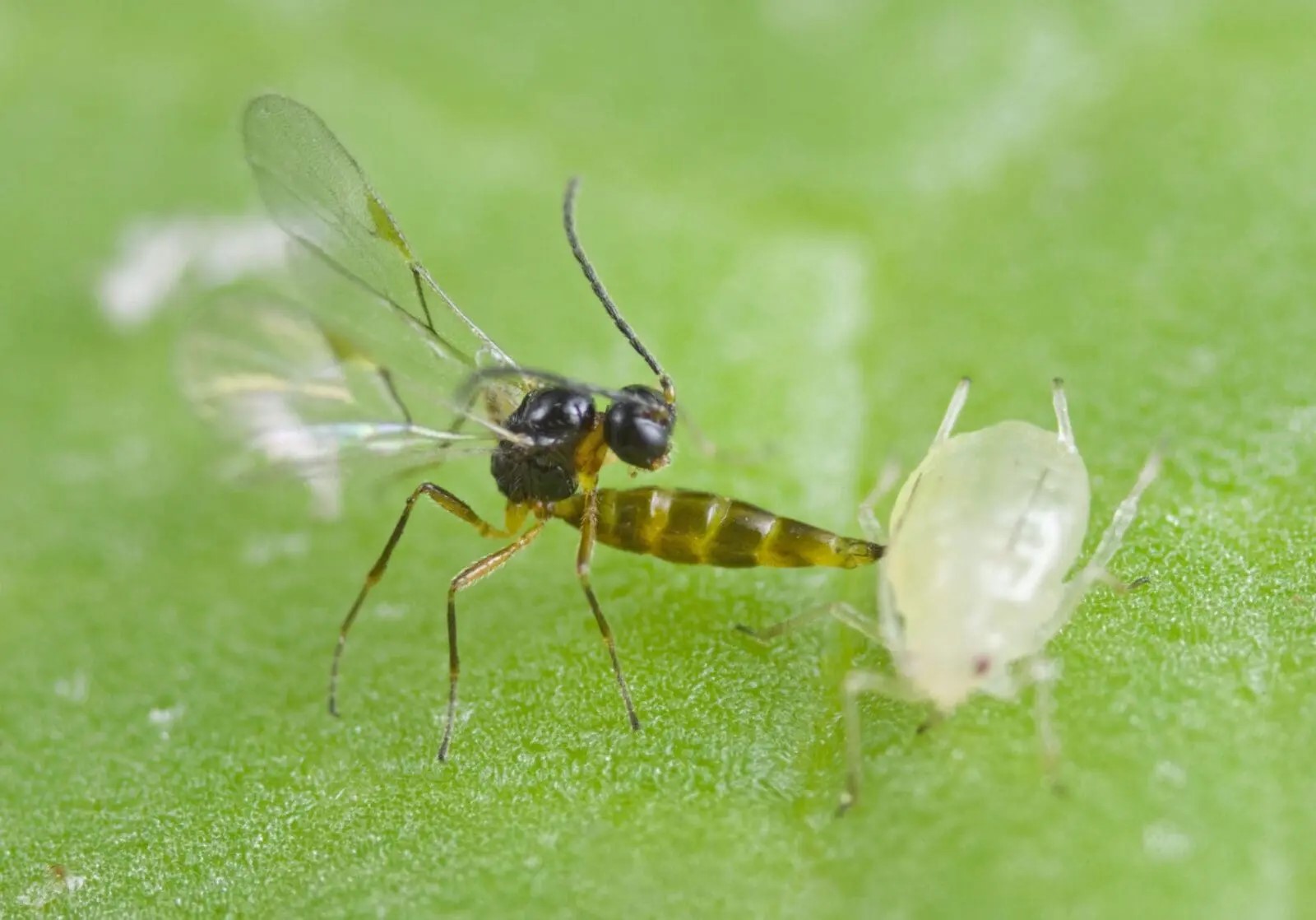
Pest and insect control
Pest and insect control is an important part of crop care, helping to protect plants from pests and diseases and ensure productivity and quality of agricultural products. To achieve high efficiency and protect the environment, growers can apply integrated control measures, combining biological, physical, chemical and cultural methods.
Here are some common pest and insect control measures:
1. Biological measures
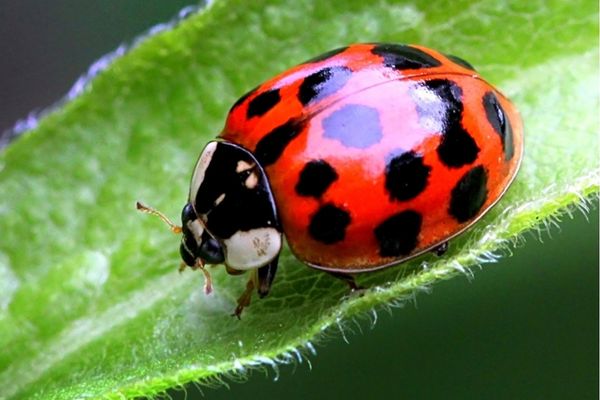
Using biological methods is a safe, sustainable and environmentally friendly method of pest control. This method uses natural enemies or beneficial microorganisms to kill pests.
1.1. Use natural enemies
- Parasitic wasps: Wasps such as Trichogramma and Aphidius parasitize eggs and larvae of pests and harmful insects, helping to reduce pest density..
- Ladybugs and beetles: Ladybugs eat aphids and small insects, providing effective control of aphids that are harmful to plants..
- Predatory Spiders and Dragonflies: Predatory spiders and dragonflies eat mosquitoes, flies, and many other harmful insects..
1.2. Using microorganisms
- Green fungus (Metarhizium spp.) and white fungus (Beauveria bassiana): These fungi can kill many types of pests, especially underground pests..
- Bacillus thuringiensis (Bt) bacteria: Bt is a bacterium that produces toxins that kill pests when they eat them, helping to protect crops from green worms, stem borers and many other leaf-eating pests.
1.3. Use biological products
- EM biological products: EM (Effective Microorganisms) is a mixture of beneficial microorganisms that help improve plant health and inhibit the growth of harmful insects.
- Neem Bio-Preparation: Neem oil inhibits the growth of insects and pests by preventing their feeding, growth and reproduction.
2. Physical and mechanical measures
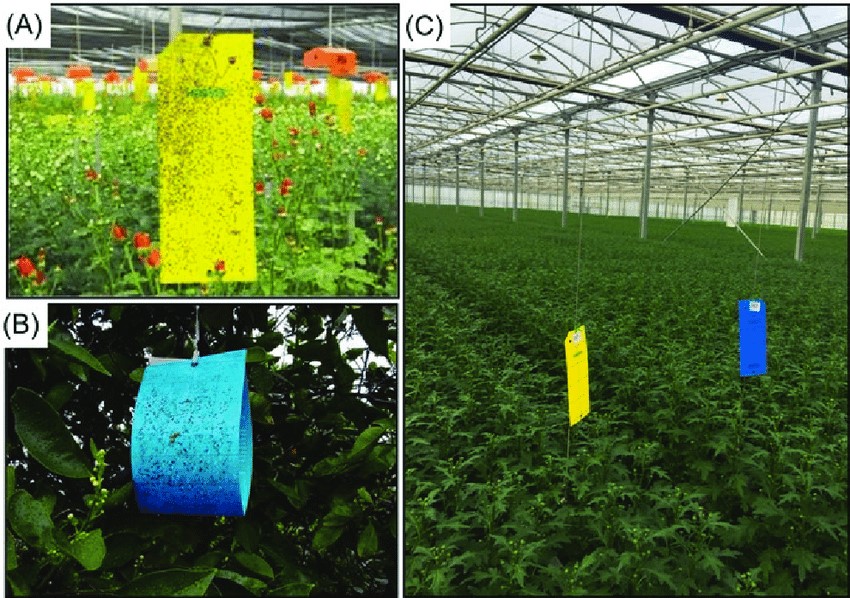
- Physical and mechanical measures can be used to remove insects and pests from crops directly and without the use of chemicals..
2.1. Color traps and sticky traps
- Yellow or Green Traps: Use yellow or green sticky traps to attract insects such as aphids, mealybugs and thrips. When they fly into the trap, they will stick to it and be killed.
2.2. Pheromone trap
- Pheromone trap: Pheromone is the characteristic scent of female insects to attract males. Pheromone traps help attract and trap male insects, reducing the reproductive ability and spread of pests.
2.3. Use of agricultural film
- Agricultural film: Cover the ground with plastic film to prevent insects such as worms, nematodes and other larvae from reaching the plants from the soil. This method also helps retain moisture and reduce weed growth.
2.4. Prune and remove infected plant parts
- Pruning and garden cleaning: Cut off leaves, branches or plant parts infected with pests, destroy them to prevent spreading. Pruning also helps the garden to be airy, reducing the hiding places of pests.
3. Cultivation methods
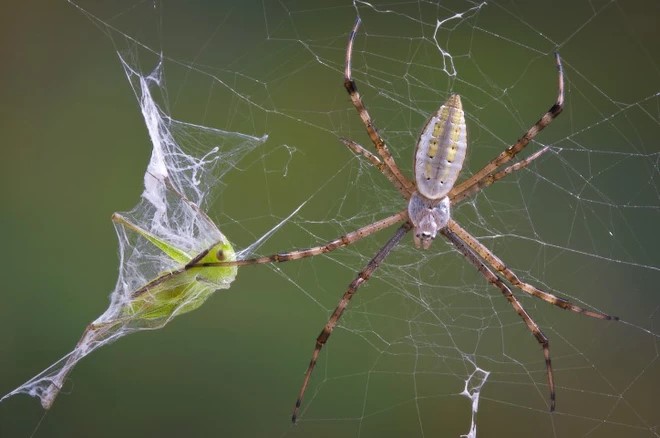
Cultivation practices that help control pests at an early stage by creating an environment unfavorable to pests and insects.
3.1. Crop rotation
- Crop rotation: Rotating different crops on the same land area helps break the life cycle of pests and prevent their development, especially those pests whose life cycle depends on a certain crop.
3.2. Intercropping
- Intercropping: Intercropping aromatic plants such as garlic, basil, mint or plants that repel insects such as marigolds will help limit insects that harm the main plant.
3.3. Balanced fertilization and proper watering
- Balanced fertilization: Provide adequate nutrition for healthy plant growth and increased resistance to pests. Avoid over-fertilizing because it can make young plants weak and vulnerable to insect attacks.
- Water properly: Keep soil moisture stable, avoid waterlogging, help limit the growth of fungi and harmful insects..
4. Chemical measures

Using chemicals is the last resort if the above methods are not enough to control pests. This measure must comply with the principles of use to ensure safety for the environment and users.
4.1. Use pesticides properly
- Choose the right pesticide: Use selective pesticides that act on specific insect species and limit the impact on natural enemies and the environment.
- Spray the right dose and time: Spray the medicine according to the recommended dose, avoid overusing chemicals. Spray in the morning or cool afternoon to avoid the effects of hot sun causing the medicine to evaporate quickly.
- Alternating chemical and biological drugs: To reduce the risk of drug resistance, it is possible to alternate between chemical and biological drugs.
4.2. Use of biological pesticides
- Biopesticides such as Bt (Bacillus thuringiensis), neem oil, or herbal-derived bio-preparations can be used to control pests without harming natural enemies and the environment.
5. Integrated Pest Management (IPM)
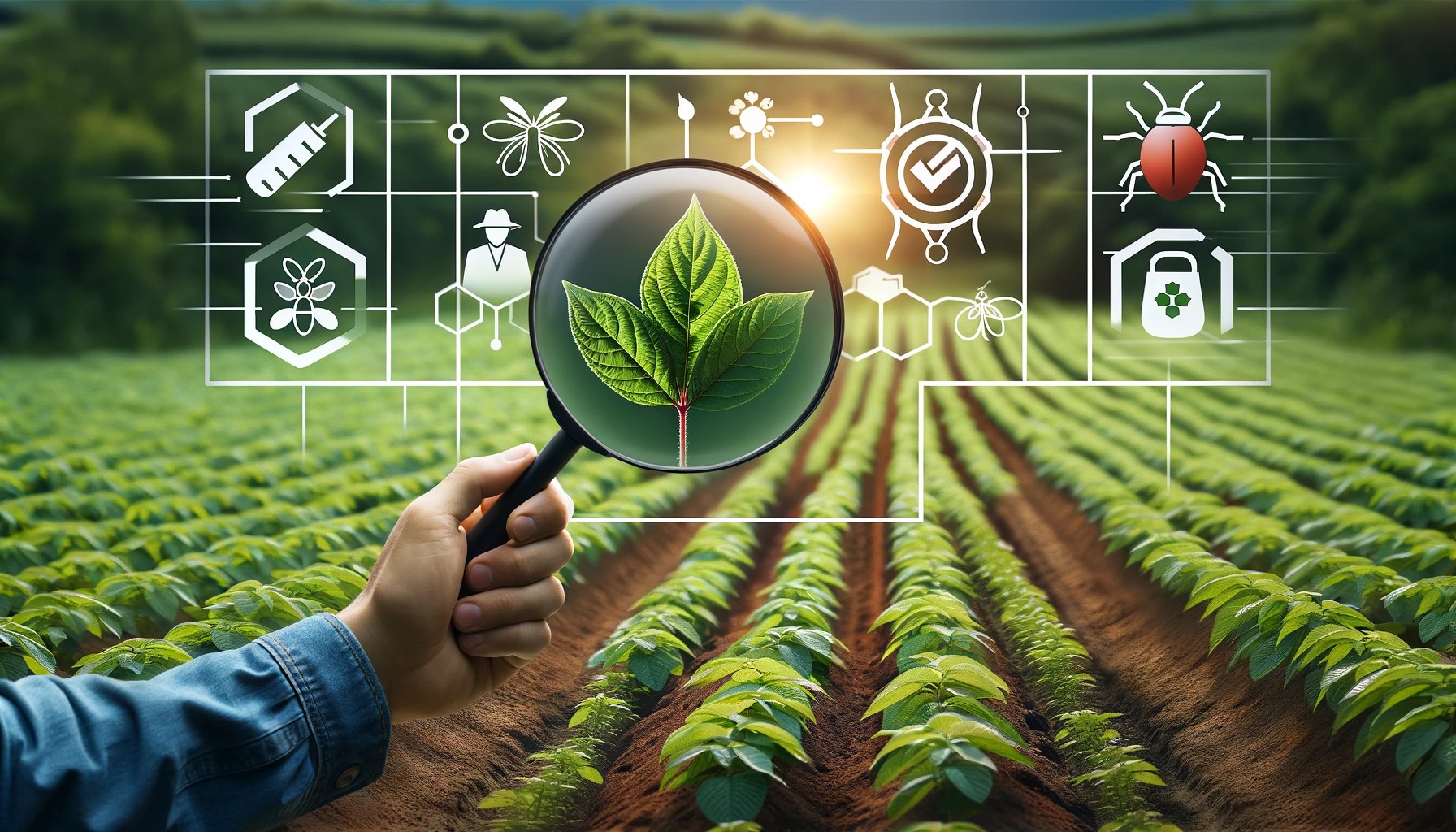
Integrated pest management (IPM) is a comprehensive approach that combines biological, physical, chemical and cultural methods to control pests in a sustainable and effective manner. IPM helps to minimize the use of chemical pesticides, protect the environment and maintain natural ecosystems.
- Regular monitoring: Regularly check and evaluate the status of pests and insects in the garden to promptly detect and handle them when necessary.
- Apply preventive methods: Apply cultural, biological and physical measures before pests and diseases develop strongly.
- Choose the right control method: Use chemicals selectively and only when necessary, giving priority to biological and cultural measures.
Conclude
Pest and insect control is a job that requires a combination of many measures to ensure sustainable effectiveness. Proper application of biological, physical, cultural and chemical measures not only helps protect crops but also protects the environment, maintains ecosystems and farmers' health.
Bình luận
Những bình luận mới nhất
